In the wake of Hazelight Studio’s success with A Way Out and It Takes Two, the reveal of Split Fiction at The Game Awards has already warranted praise for its creative direction. As the studio’s founder and continued creative director, Josef Fares’ narration paints a promising picture of what to expect: a wild ride full of explosions, nuanced mechanics that vary with the game’s levels, and an incredibly clever premise that sees its main characters, Mio and Zoe, venture into two different genres based on their own stories as writers. Pulling from fantasy and sci-fi imagery and themes, Split Fiction sets its adventure up as its name would suggest, leaving ample room to indulge in the tropes of its genres while subverting and even blending them to some accord.
As writers aspiring to be published, Split Fiction‘s Mio and Zoe are thrust into simulations based on their work through the powers of Rader Publishing, a shady tech company that looks to be stealing authors’ stories. When an accident leaves them stuck inside the same simulation, their objective becomes navigating the stories they have written in order to return to reality, working alongside each other, and their respective genres, to survive. From the get-go, Split Fiction‘s premise is as adventurous as it is exciting, providing the perfect backdrop to experiment mechanically with the many tropes of the fantasy and sci-fi genres, with Josef Fares’ promise of unique mechanics for each level being a boon to the game’s narrative set-up.
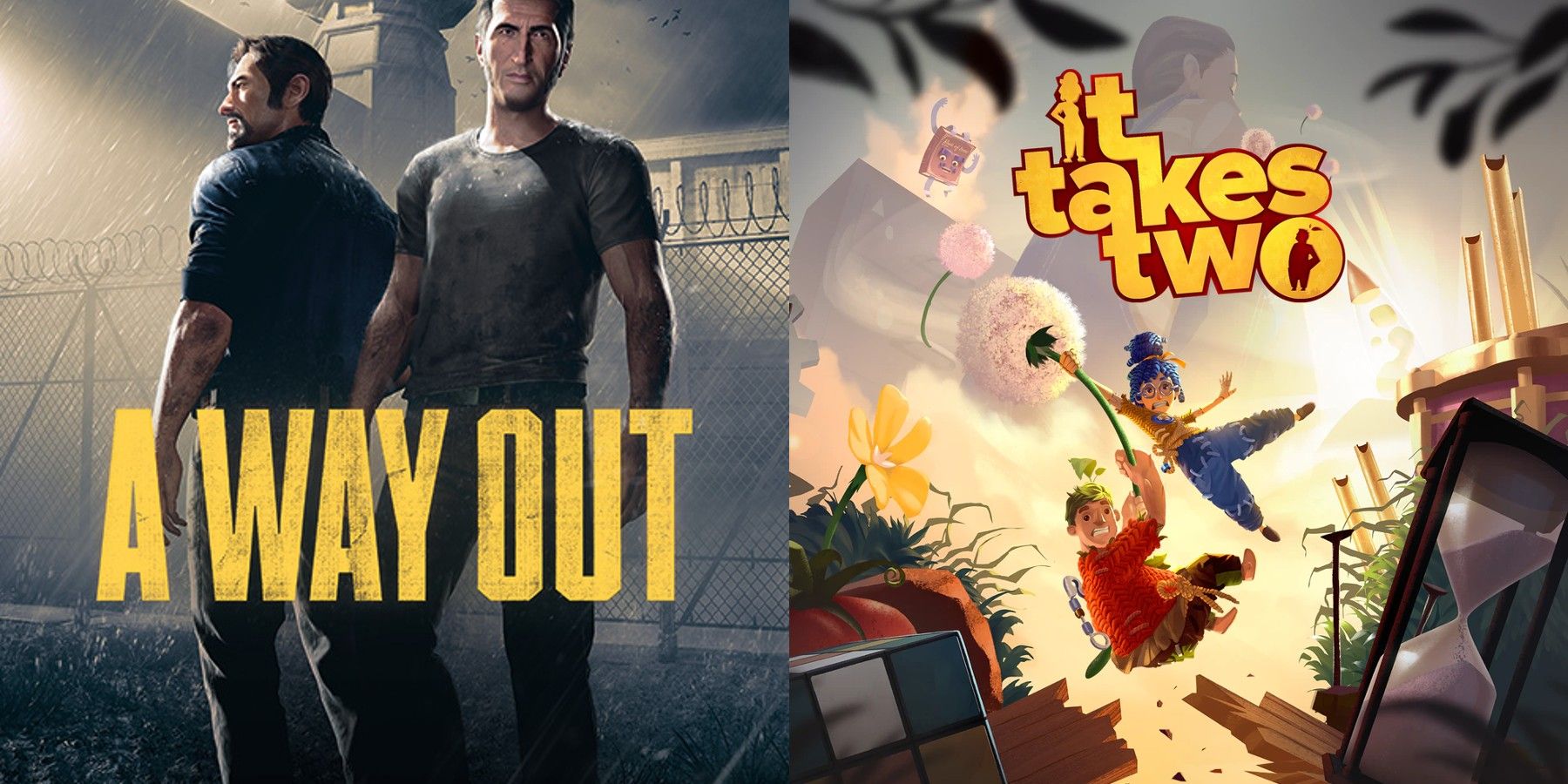
Related
A Way Out, It Takes Two Prove Co-Op Games Don’t Need Single-Player Options
Hazelight Studios’ games A Way Out and It Takes Two prove that co-op games don’t need single-player options to be as enjoyable as others.
Split Fiction’s Premise Leaves Great Potential for Tropes in its Varying Levels
Two Genres, Two Simulations
Already from its trailer, it is clear that Split Fiction is a gorgeous game. The fantasy world of Zoe’s creation paints an idyllic picture of what one might expect from the genre; lush, towering trees and an emphasis on nature serve as a backdrop for dragons and other mythical creatures, which come to the protagonists’ aid through platforming segments and fast-paced escape sequences. In contrast, Mio’s world cements itself in the sci-fi foundations of works like Blade Runner, showing the two characters defying gravity by jumping between hovering vehicles in the sky, lit by the glow of skyscrapers emitting neon advertisements. Both worlds fall gracefully into their genres’ influences, though based on gameplay, it is evident that Split Fiction knows how to innovate mechanically while drawing on the literary tropes of its inspirations.
Drawing on Genre For Combat and Traversal
In the fantasy world, not only will co-op protagonists Zoe and Mio have dragon allies that grow (in both size and ability), but it looks as though they’ll be able to transform themselves; jumping into water shows Mio change into a fish-like creature able to dive and traverse below the currents, while Zoe is able to twirl in the sky like a bird to bridge the gaps between land. These powers seem to be drawn from animal familiars, which look to be controllable in all sorts of situations, from enlisting the help of a centipede-like insect while moving up rocky walls, to riding on the back of a giant stick bug shaped from tree trunks. The latter creature can be seen emitting some kind of energy ray, which could be a direct influence from Mio’s sci-fi world, showing the two genres overlapping mechanically as the game progresses.
Similar to the animal forms of Zoe’s fantasy world, Mio’s sci-fi world looks to tap into the technological side of its genre with droids that magnetize and shift, allowing the protagonists to move up and down walls, glide above air vents, and turn panels to make it across obstacles. Later, the ability to hack into machinery and attack enemies, with the droids becoming exosuits, opens up further combat and traversal abilities. From side-scroller segments where the two characters wield laser guns, to thrilling action sequences where they ride a motorcycle across the side of a building, Mio’s work encapsulates the genre’s many tropes through the world’s diversity of levels. There even looks to be the use of captchas that players must complete, which, alongside its violent AI machines trying to destroy the protagonists, shows the humorous side of Split Fiction‘s narrative.
A Premise with Potential
The emphasis on Split Fiction‘s mechanical variation is clear, which makes its delving into the sci-fi and fantasy genres even more exciting. The premise of writers being thrust into their own stories leaves so many opportunities to lean on the usual tropes while also subverting them, both narratively and through gameplay. Considering that Mio and Zoe are agents of their own stories, having a level of influence over their respective worlds that is called into question as they are put into all sorts of dangerous situations is a brilliant way to show Rader Publishing’s antagonism in trying to trap them in the simulations, while also demonstrating how stories evolve as they are written. Just as conflict helps drive stories forward, the obstacles of Split Fiction will be a great way to tap into its fantasy and sci-fi influences while showing the strengths of Hazelight Studio’s cooperative gameplay.
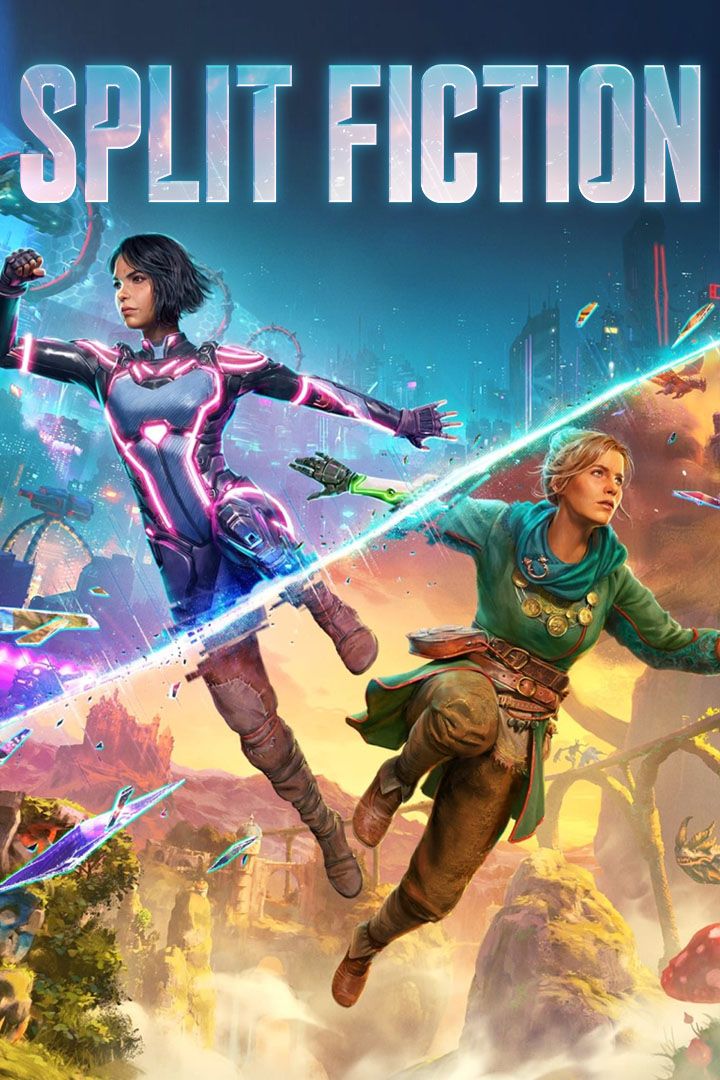
Action
Adventure
Sci-Fi
Fantasy
- Released
- March 6, 2025
- Publisher(s)
- Electronic Arts
- Multiplayer
- Online Co-Op , Local Co-Op
Source link
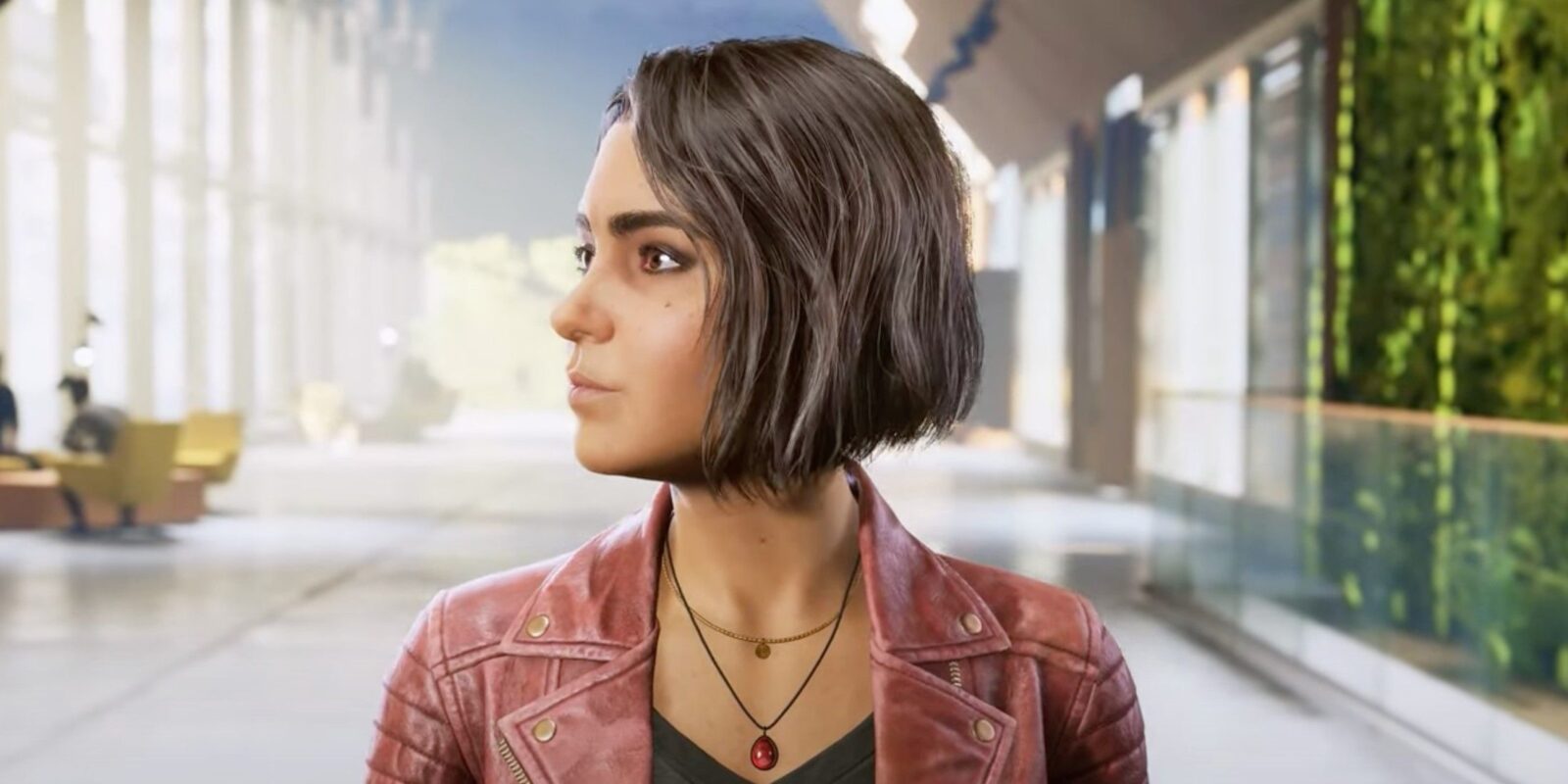
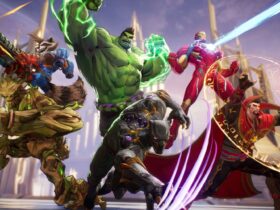
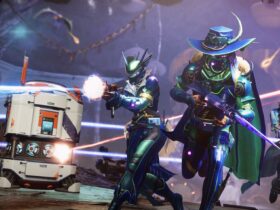
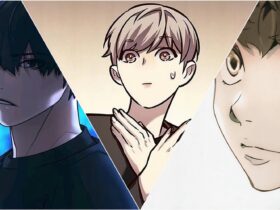
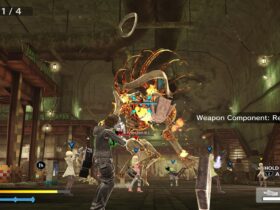
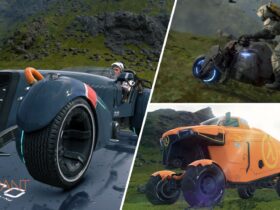
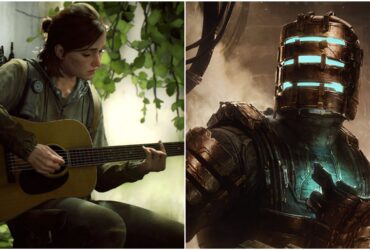
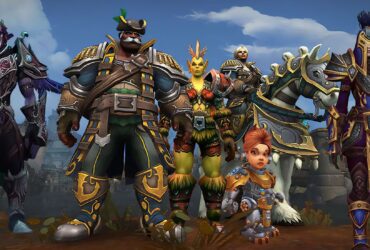
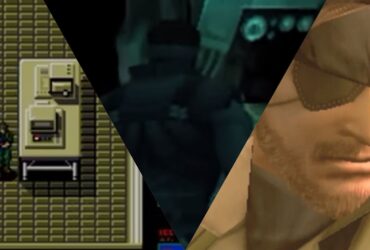

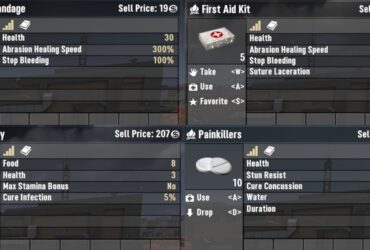

Leave a Reply